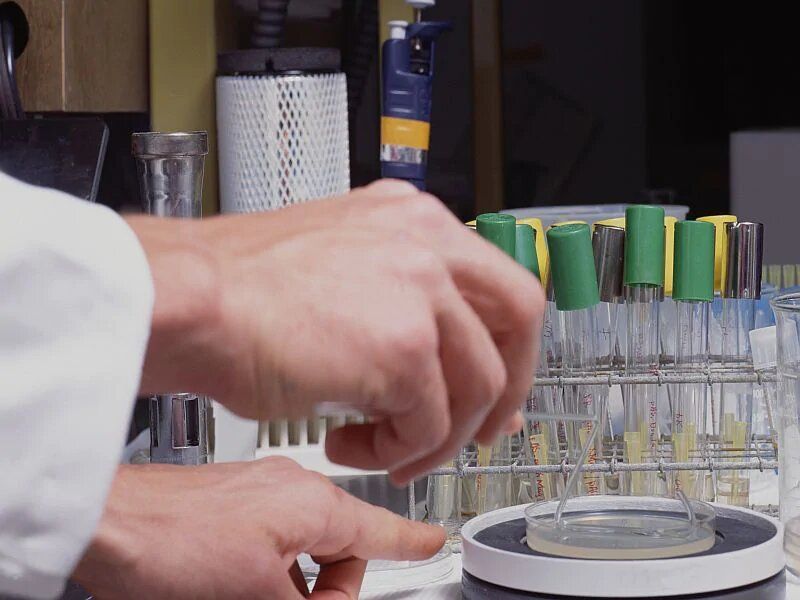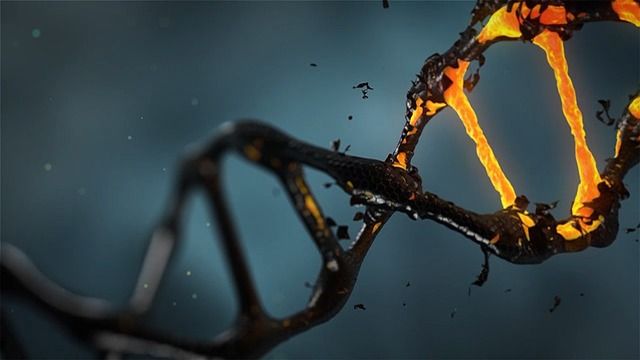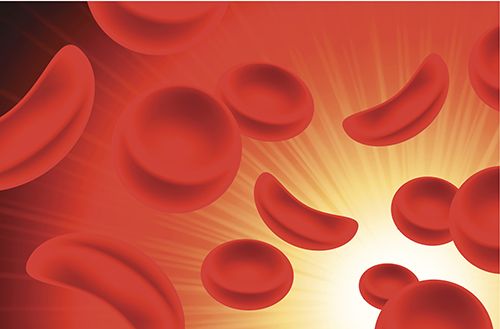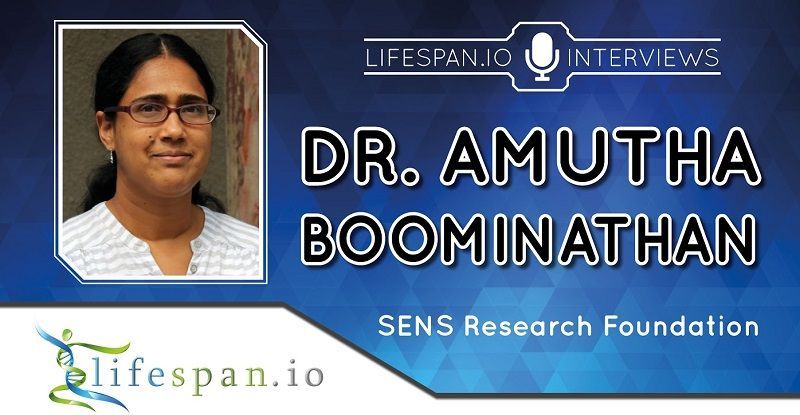Oct 9, 2019
How Close Are We to Harnessing Synthetic Life?
Posted by Tanvir Ahmed in categories: bioengineering, biotech/medical, genetics, health
Scientists are exploring how to edit genomes and even create brand new ones that never existed before, but how close are we to harnessing synthetic life?
» Subscribe to Seeker! http://bit.ly/subscribeseeker
» Watch more How Close Are We | http://bit.ly/HCAWplaylist
» Follow Olivia on Instagram: instagram.com/OliviaPavcoG
Scientists have made major strides when it comes to understanding the base code that underlies all living things—but what if we could program living cells like software?
Continue reading “How Close Are We to Harnessing Synthetic Life?” »








 The
The 







